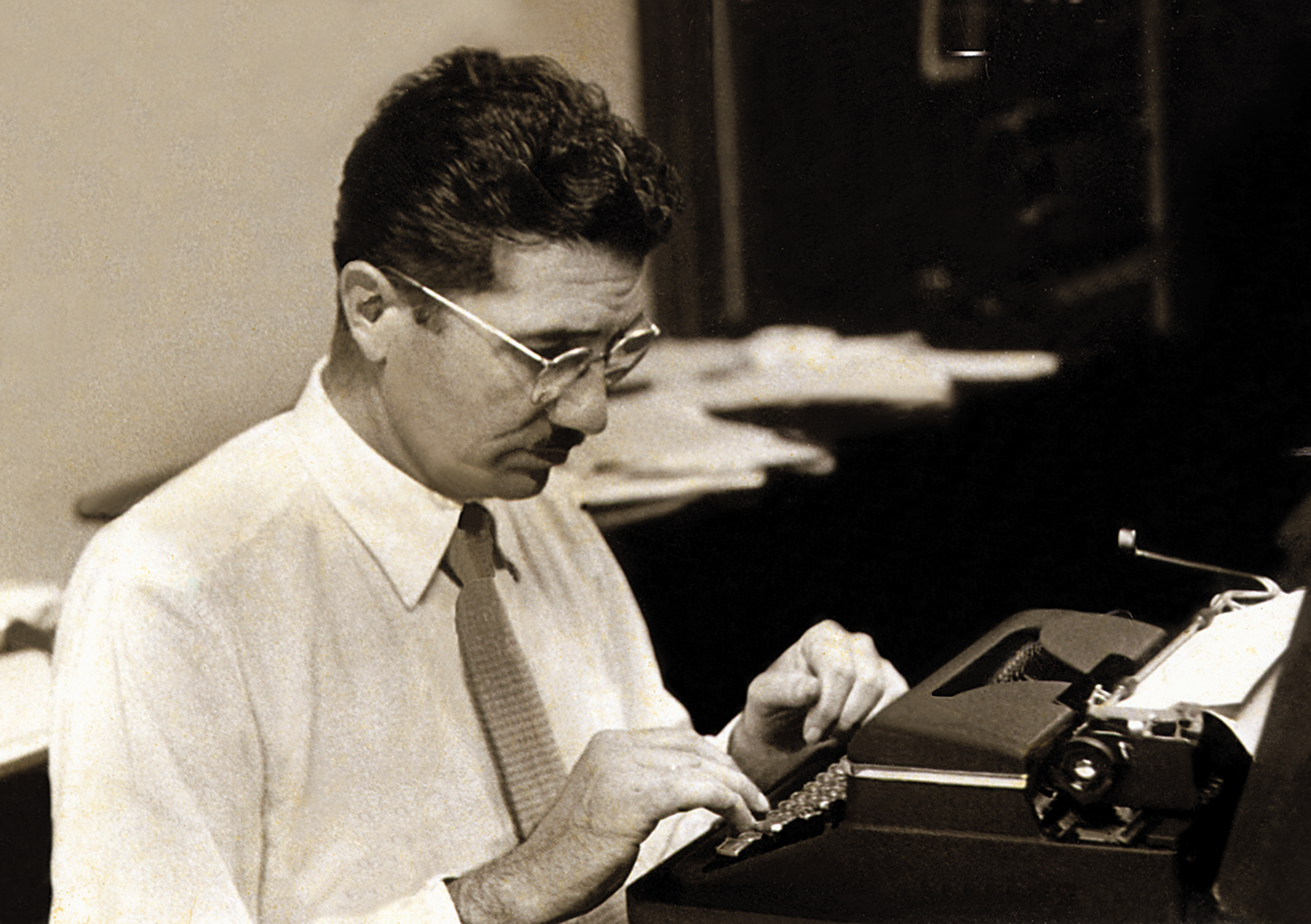
A Guerrillero-Gentleman: On Joaquim Câmara Ferreira A Guerrillero-Gentleman: On Joaquim Câmara Ferreira
Was the author's aristocratic grandfather, who would become a leader of the armed resistance against Brazil’s military dictatorship, a hero or a terrorist?
Dec 30, 2013 / Books & the Arts / Carlos Fraenkel
Shelf Life Shelf Life
In 1924, Lidia Ivanova, George Balanchine’s “lost muse,” disappeared on the eve of their company’s first European tour. Was her death an accident?
Dec 30, 2013 / Books & the Arts / Marina Harss
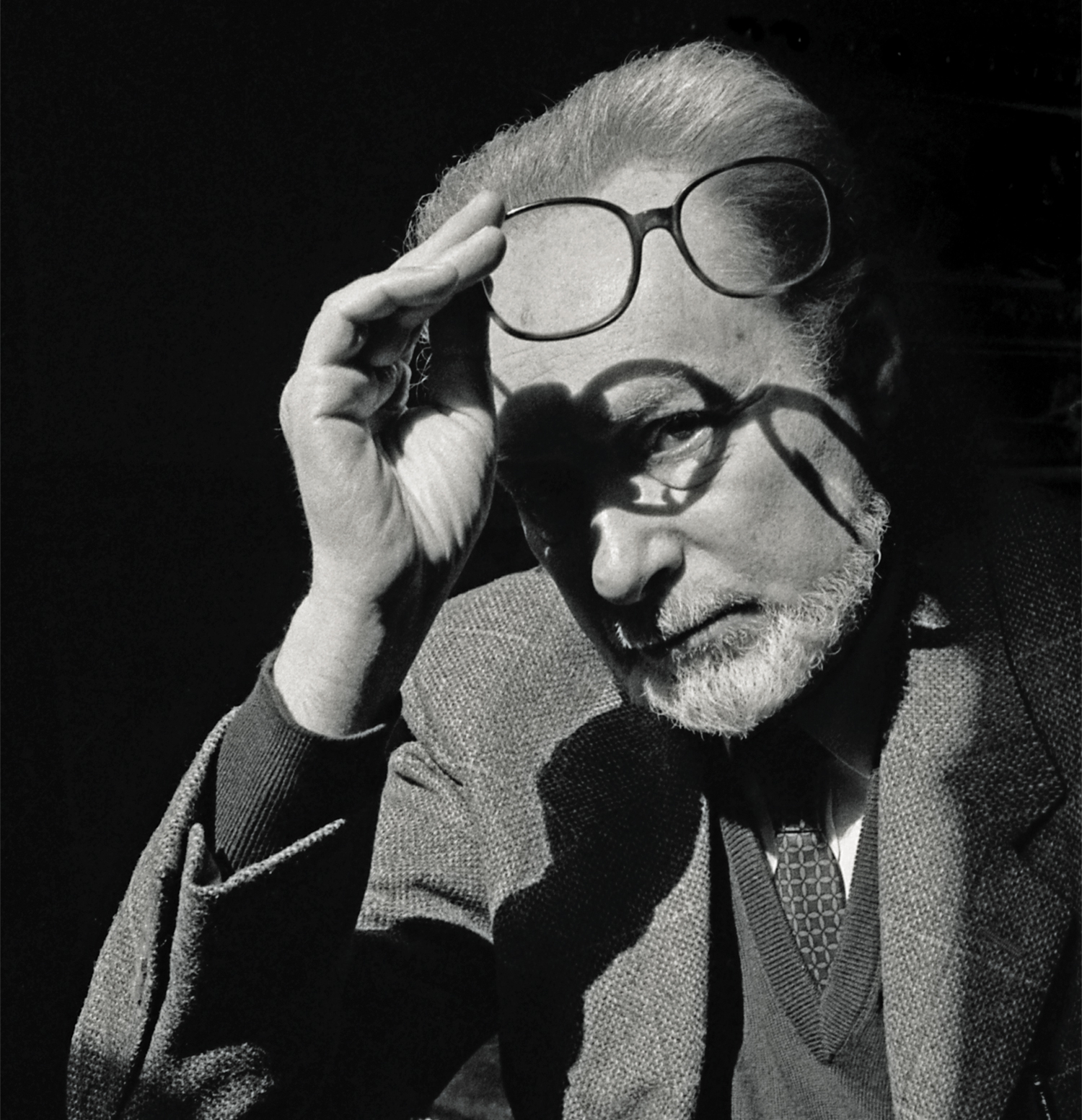
Without Respite Without Respite
Seeing not a person but a thing was the crime of crimes for Primo Levi.
Nov 25, 2013 / Books & the Arts / Vivian Gornick
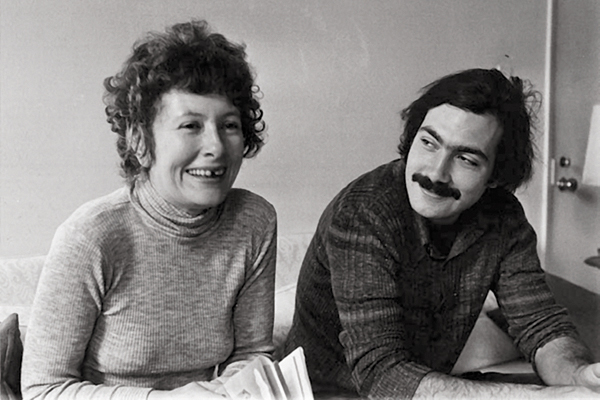
Shelf Life Shelf Life
Denise Levertov’s poetic communion with the world.
Oct 22, 2013 / Books & the Arts / Ange Mlinko
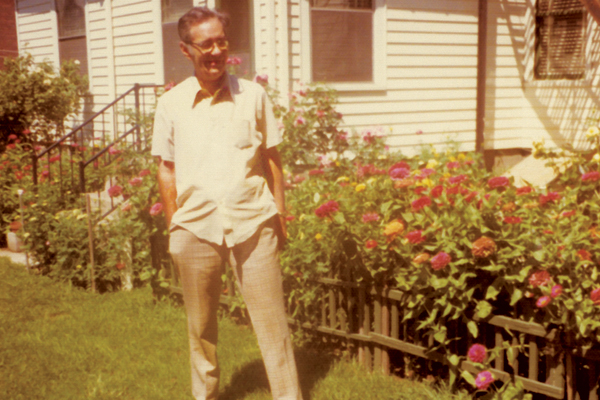
The Long and Short of Memory The Long and Short of Memory
What the modern science of memory owes to the amnesiac patient H.M.
Oct 16, 2013 / Books & the Arts / Charles Gross
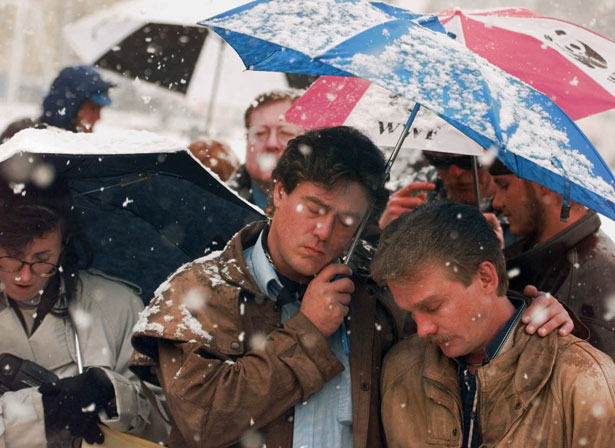
Laramie Revisited: The Myth of Matthew Laramie Revisited: The Myth of Matthew
A new book by Stephen Jimenez tells a very different story about the killing of Matthew Shepard by Aaron McKinney.
Oct 9, 2013 / Books & the Arts / JoAnn Wypijewski
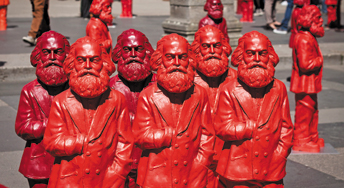
Citizen Marx Citizen Marx
By refusing to treat Marx as our contemporary, Jonathan Sperber has brought him back to life.
Oct 8, 2013 / Books & the Arts / Sam Stark
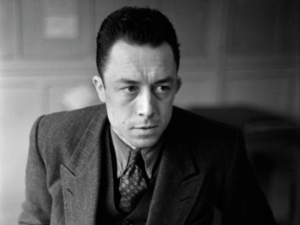
The Colonist of Good Will: On Albert Camus The Colonist of Good Will: On Albert Camus
Algerian Chronicles shows that Camus still has something to say to us—not about terrorism but economic justice.
Aug 27, 2013 / Books & the Arts / Thomas Meaney
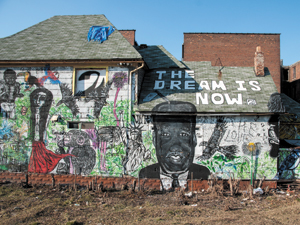
How the Streets Honor Martin Luther King Jr. How the Streets Honor Martin Luther King Jr.
On city walls across the country, muralists and street artists depict him as a statesman, visionary, hero and martyr.
Aug 14, 2013 / Books & the Arts / Camilo José Vergara
The Last Unfinished Page: On Euclides da Cunha The Last Unfinished Page: On Euclides da Cunha
A portrait of the journalist and intellectual who championed the caboclos of the young Brazilian republic.
Jun 18, 2013 / Books & the Arts / Lorna Scott Fox
